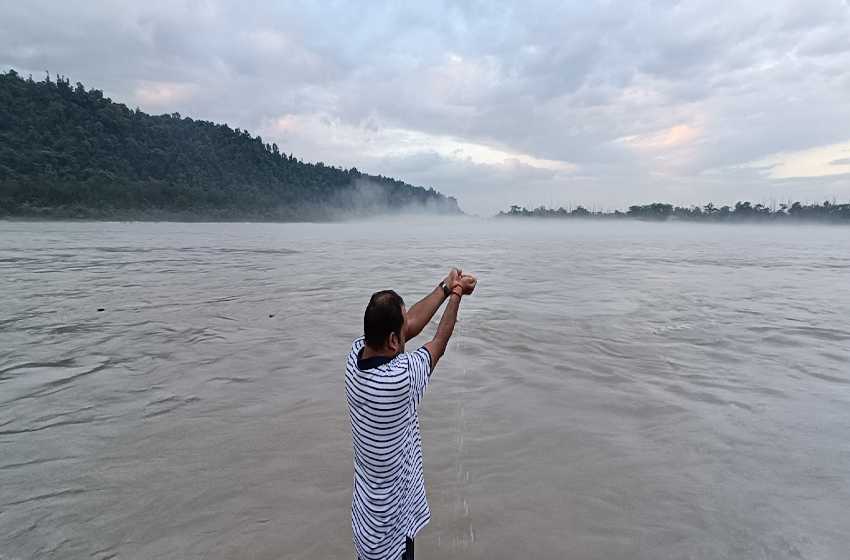Ganga River or Ganges River was declared as the National River of India on November 4, 2008, by the Indian Prime Minister Manmohan Singh.
The Ganga or Ganges is India’s longest river, flowing over 2,510 km of mountains, valleys, and plains. It originates in the snowfields of the Gangotri Glacier in the Himalayas as the Bhagirathi River. It is later joined by other rivers such as the Alaknanda, Yamuna, Son, Gumti, Kosi, and Ghagra. The Ganga river basin (External website that opens in a new window) is one of the world’s most fertile and densely populated areas and covers an area of 1,000,000 sq. km. There are two dams on the river – one at Haridwar and the other at Farakka. The Ganges River Dolphin is an endangered animal that specifically habitats this river.
Hindus revere the Ganga as the most sacred river on earth. Key religious ceremonies are held on the banks of the river in cities such as Varanasi, Haridwar, and Allahabad. The Ganga widens out into the Ganges Delta in the Sunderbans swamp of Bangladesh, before it ends its journey by emptying into the Bay of Bengal.

